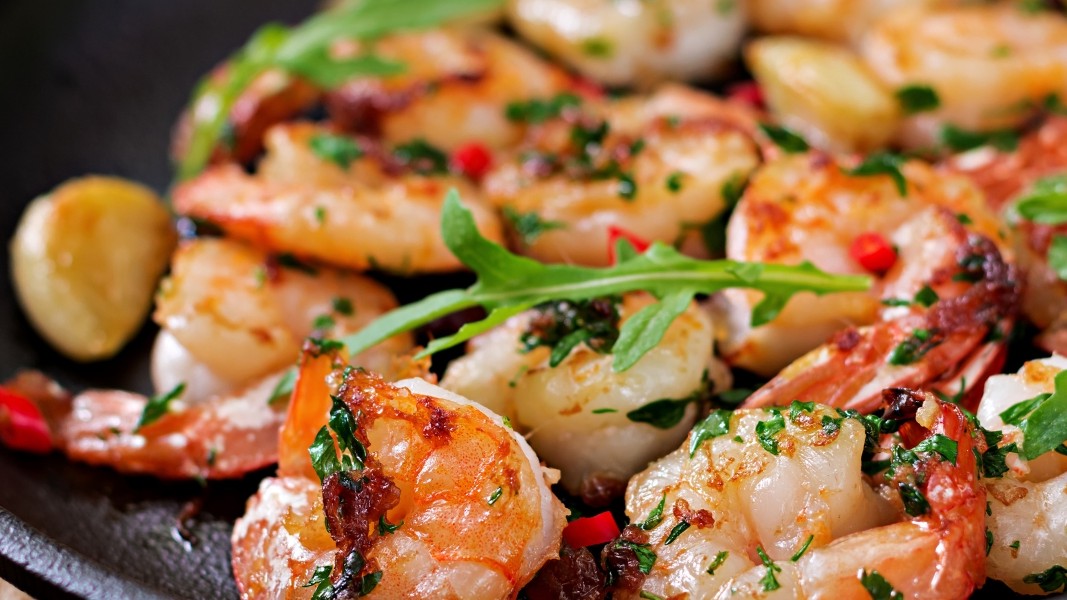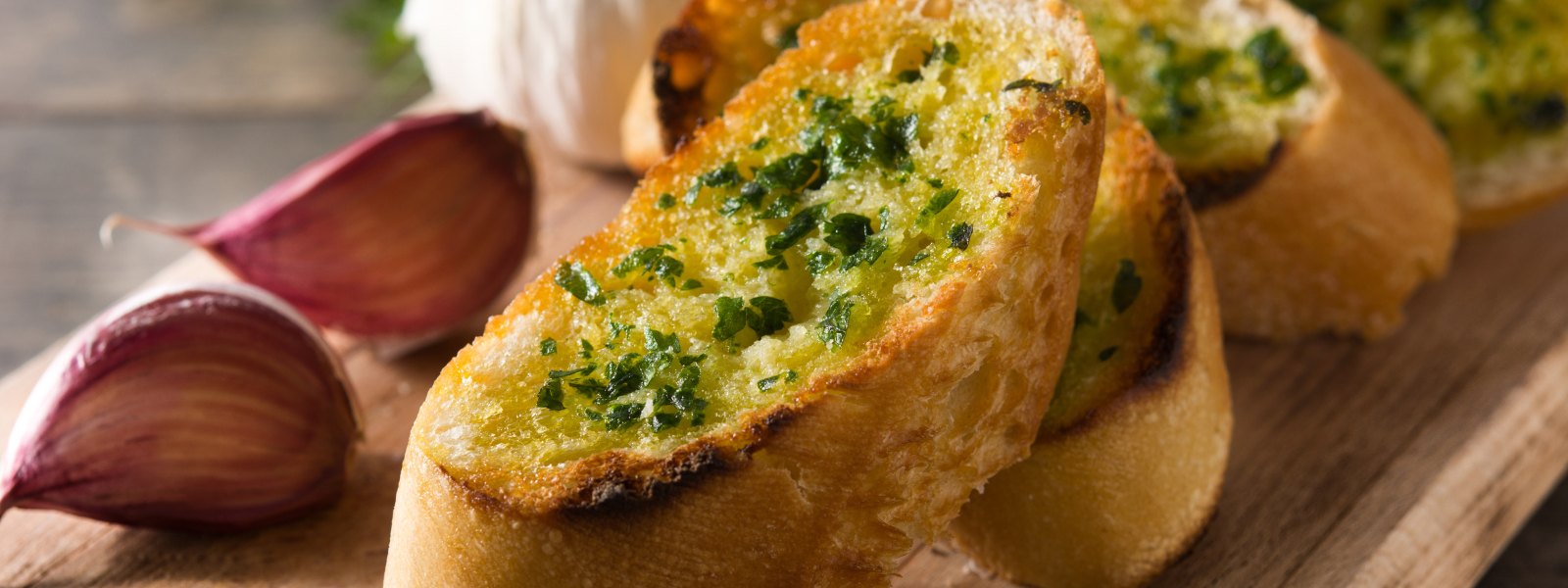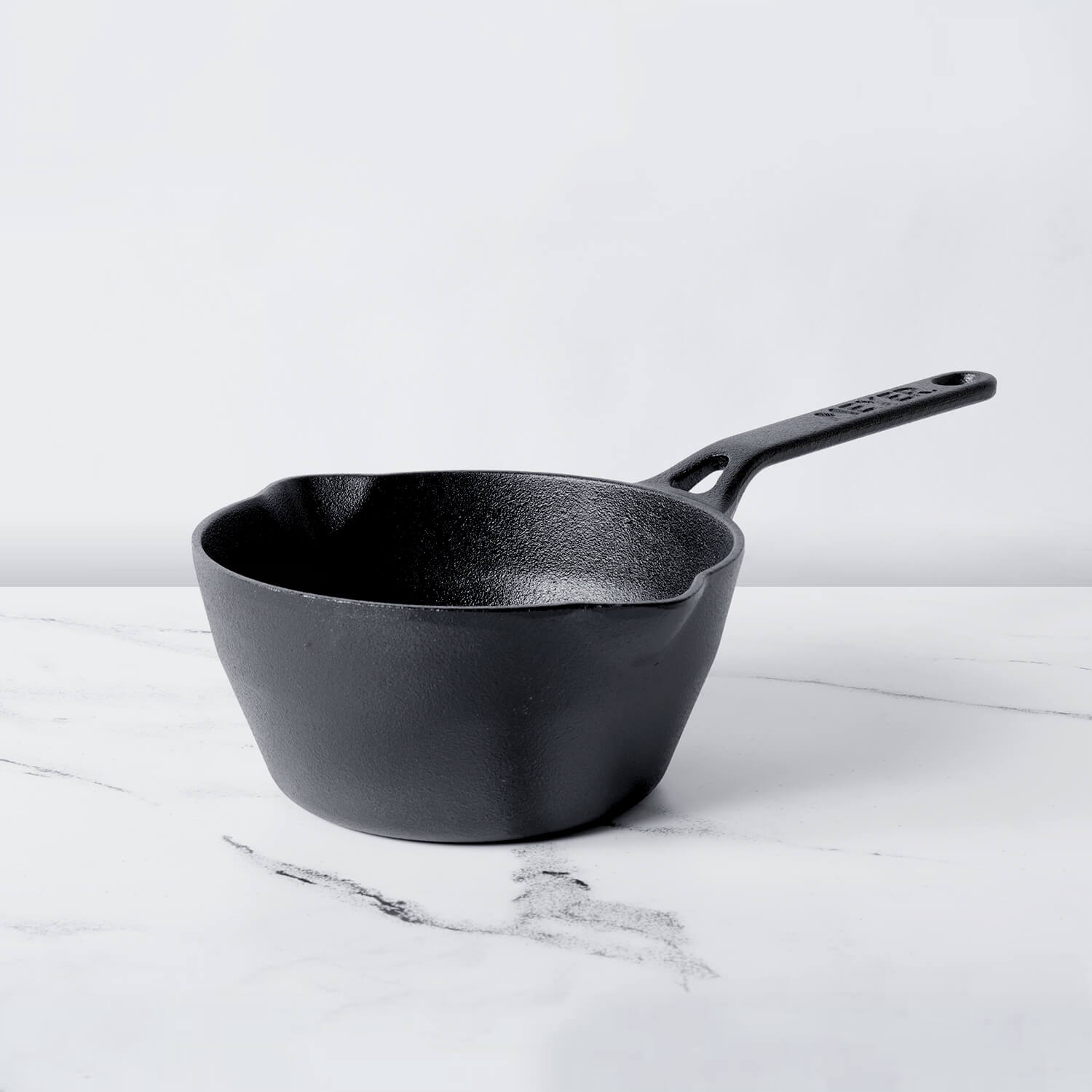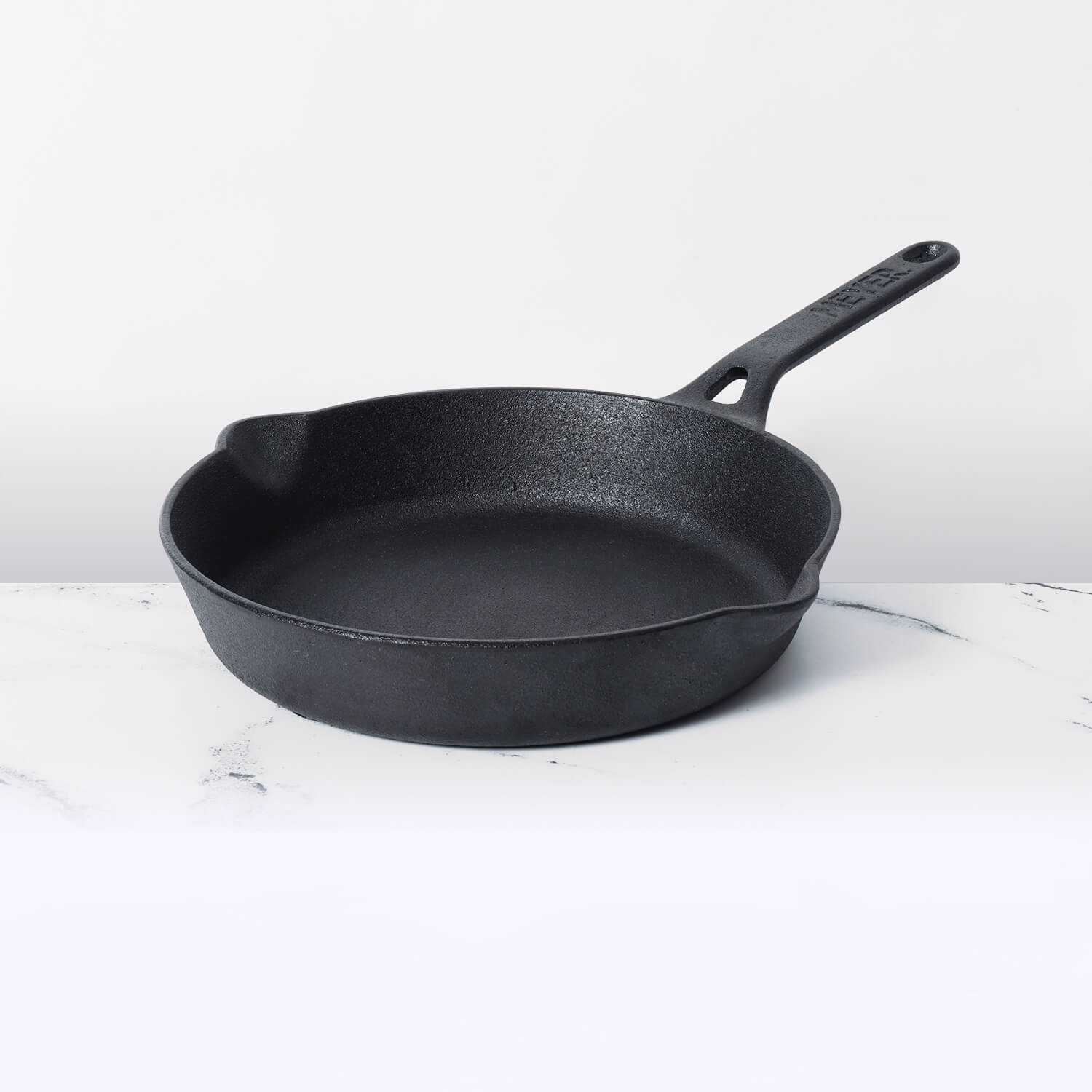Savoring the Sea: Coastal Delight of Prawn Cuisine
A tantalizing dish that captures the essence of coastal flavors, Prawn Roast is a culinary masterpiece that combines succulent prawns with a medley of spices and aromatics.
Table of Contents
What is Prawn Roast?
Prawn Roast is a beloved seafood preparation originating from the coastal regions of India, particularly Kerala. The dish showcases prawns marinated in a robust blend of spices, including red chili, turmeric, and black pepper. These prawns are then sautéed to perfection with onions, tomatoes, and curry leaves, creating a symphony of flavors that's spicy, tangy, and rich.
Alternate names for this recipe might include "Prawn Masala" or "Kerala Prawn Roast." Variations can involve adjusting the spice levels, using different types of chili, or incorporating coconut for added depth.
Quick and Easy Prawn Roast
As a chef who revels in exploring diverse cuisines, my introduction to Prawn Roast was a revelation of the incredible depth of Indian coastal cooking. The balance of spices and the natural sweetness of prawns creates a harmonious taste that lingers on the palate. The dish's fiery heat and layers of flavor remind me of similar seafood delicacies found in coastal regions worldwide. My culinary journey was enriched by mastering this recipe, which beautifully encapsulates the essence of spices and the bounty of the sea.
Health benefits of eating prawns
Prawns, a type of shellfish, offer several health benefits when consumed as part of a balanced diet:
Rich in Protein: Prawns are an excellent source of high-quality protein, which is essential for tissue repair, muscle growth, and overall body maintenance.
Low in Calories: Prawns are relatively low in calories compared to many other protein sources, making them a good option for those looking to manage their calorie intake.
Nutrient Density: Prawns are rich in essential nutrients, including vitamins such as B12, B6, and niacin, as well as minerals like zinc, selenium, and phosphorus. These nutrients play crucial roles in various bodily functions, from metabolism to immune system support.
Omega-3 Fatty Acids: Prawns contain omega-3 fatty acids, which are beneficial for heart health. Omega-3s can help reduce inflammation, lower triglyceride levels, and support brain health.
Low in Saturated Fat: Prawns are relatively low in saturated fat compared to other animal protein sources like red meat. Diets low in saturated fat are associated with a reduced risk of heart disease.
Antioxidant Content: Prawns contain certain antioxidants, such as astaxanthin, which gives them their reddish color. Antioxidants help protect cells from damage caused by free radicals and oxidative stress.
Mineral Support: Prawns are a good source of minerals like selenium, which acts as an antioxidant and plays a role in thyroid function and immune health.
B Vitamins: Prawns are particularly rich in vitamin B12, which is important for nerve function and the production of red blood cells. Other B vitamins present in prawns contribute to energy metabolism and overall vitality.
Iron Source: Prawns contain iron, a mineral necessary for oxygen transport in the blood. Consuming iron-rich foods like prawns can help prevent anemia and support energy levels.
Collagen Support: Prawns contain a small amount of collagen, a protein important for maintaining skin, hair, and joint health.
It's important to note that while prawns offer various health benefits, individuals with shellfish allergies should avoid them. Additionally, the method of preparation can influence the overall healthiness of the dish. Grilling, baking, or steaming prawns is generally a healthier option compared to deep frying. As with any food, moderation and balance are key for reaping the benefits while maintaining a well-rounded diet.
Why do coastal people love prawns?
Coastal people often have a strong affinity for prawns due to a combination of cultural, geographical, and culinary factors:
Abundance and Accessibility: Coastal regions are rich in marine resources, and prawns are often readily available in these areas. The proximity to the sea means that fresh prawns can be easily caught, making them a staple in the local diet.
Culinary Traditions: Coastal cuisine is deeply influenced by the availability of seafood. Prawns are a versatile ingredient that can be prepared in various ways, such as curries, fries, stews, and grills. Their adaptability in cooking methods allows coastal communities to create a diverse range of flavorful dishes.
Flavor and Freshness: Freshly caught prawns from the sea have a distinct and intense flavor that many people find appealing. The natural sweetness and briny taste of prawns contribute to the overall enjoyment of the dishes.
Nutritional Value: Seafood, including prawns, is often highly nutritious, offering essential nutrients like protein, omega-3 fatty acids, vitamins, and minerals. Coastal communities recognize the health benefits of including prawns in their diets.
Cultural Significance: In many coastal cultures, seafood holds cultural and traditional significance. Prawns are often featured in celebratory meals, festivals, and communal gatherings, reinforcing their importance in local customs.
Economic Livelihood: For coastal communities, fishing and seafood-related activities often play a vital role in the local economy. Prawn fishing and cultivation can provide livelihoods for many individuals, fostering a deeper connection and appreciation for the ingredient.
Global Cuisine Influence: Coastal regions often have exposure to international cuisines due to trade and cultural exchange. Prawns are used in various global dishes, which can contribute to the popularity of prawns in coastal areas.
Comfort and Nostalgia: For many coastal residents, prawn dishes are associated with memories of family gatherings, beach picnics, and meals shared with loved ones. This emotional connection adds to the appeal of prawns.
Sustainability and Ecology: Coastal communities also understand the importance of sustainable fishing practices and the need to preserve marine ecosystems. Their reliance on seafood resources, including prawns, fosters a sense of responsibility toward maintaining a balanced ecosystem.
In essence, the love for prawns among coastal people is a combination of practicality, culture, taste, tradition, and the unique connection that these communities share with the sea.
How to make Prawn Roast
- Let’s start by marinating the prawns; for this add the prawns in a bowl along with the red chili powder, turmeric powder and salt. Keep this aside for half an hour.
- Heat oil in the Meyer Cast iron skillet & fry the prawns on both sides for 2-4 mins each side. Once cooked, remove the prawns from the skillet.
- In the same skillet, add oil & mustard seeds. Once it starts to splutter, add onion & sauté until translucent.
- Add ginger garlic paste & curry leaves and mix well. Add the remaining spices for the masala along with hot water & cook for 5-6 mins.
- Add the fried prawns & give it a good mix.
- Serve the prawns hot along with lemon wedges and a sprinkle of freshly chopped coriander.
More Delicious Recipe:
1. Kele Ki Roti
Expert Tips
- Make sure to not over cook the prawns. Overcooked prawns become rubbery and chewy in taste and texture.
- Cook the masala well after adding the water to make sure the spices cook well and don't leave a grainy texture.













Leave a comment